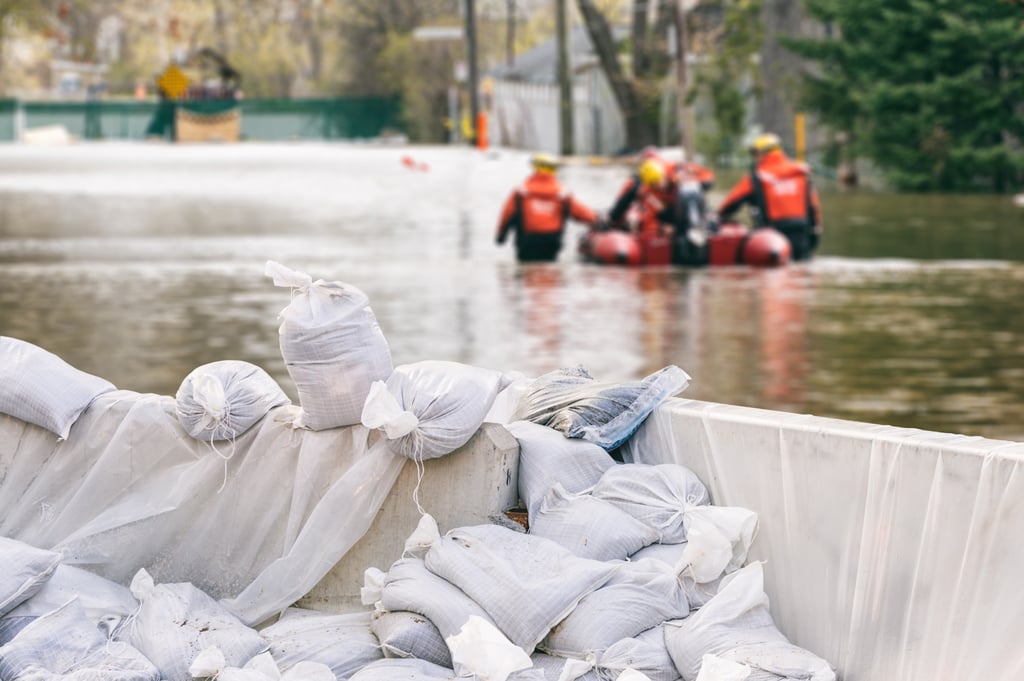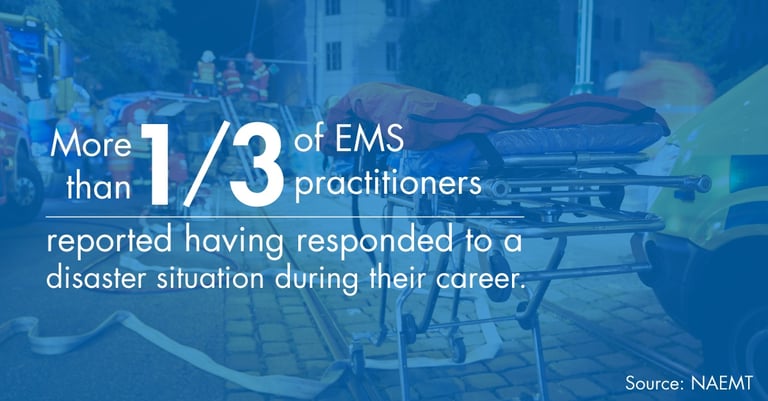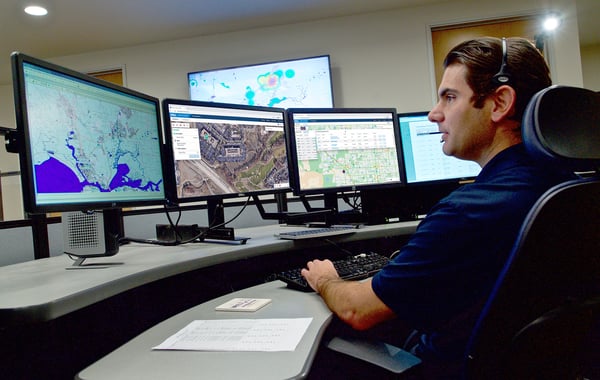Meet the New ZOLL Dispatch and ZOLL Respond CAD Solution
NAEMT Report Examines EMS Preparedness & Training
Our communities expect EMS agencies to be ready to take care of patients 24/7 in the event of a man-made or natural disaster, which can range from active shooters, train derailments, plane and bus crashes, and chemical/biological/pandemic events to floods, hurricanes, earthquakes and tornadoes
Was this information valuable?

Our communities expect EMS agencies to be ready to take care of patients 24/7 in the event of a man-made or natural disaster, which can range from active shooters, train derailments, plane and bus crashes, and chemical/biological/pandemic events to floods, hurricanes, earthquakes and tornadoes. The question is, are most agencies adequately prepared? The 2017 NAEMT Report on EMS Preparedness for Disaster & Mass Casualty Incident Response released in May addresses this important question. The following is a synopsis of the report’s goals, key findings and conclusion.
(I highly encourage you to Read the Full Report for complete survey results and findings.)
For more information on how to enhance EMS preparedness at your agency, check out the ZOLL Pulse Blog.

Learn More about the NAEMT Survey
NAEMT conducted this survey of EMS practitioners and managers to develop a report to help drive future discussion, research and efforts to further the integration of EMS disaster preparedness planning and activities as well as increase understanding of the role of EMS within the larger preparedness community. The committee who organized the survey set out to:
- Identify national gaps in EMS preparedness protocols and training for response to natural and manmade disasters, mass casualty incidents and medical countermeasures and then recommend measures to address those gaps.
- Identify ways to improve integration of EMS disaster preparedness planning, communications and interoperability.
- Identify funding sources to support agency preparedness activities.
- Increase the understanding of the role of EMS within the larger preparedness community.
“When these tragic and traumatizing large-scale events occur, the public expects emergency medical care to be available quickly – to save lives, to treat pain and to lessen the fear of those involved by letting them know help has arrived,” according to the report. “NAEMT hopes this report will be used to inform future discussion, research and efforts to further the integration of EMS in disaster preparedness planning, preparedness activities, as well as to increase understanding of the role of EMS within the larger preparedness community.”

Survey Says? Read the Key Findings
Who participated in the survey? The initial survey was distributed to NAEMT members who are EMTs or paramedics. A follow up survey was sent to NAEMT members who identify themselves as EMS managers and other managerial-level roles. Here’s the breakup by industry:
- 27 percent fire departments
- 12 percent hospital based
- 19 percent government
- 20 percent private for profit
- 11 percent private non profit
- 2 percent public utility
- 1 percent active military
- 5 percent industrial
Now that you have the context for of who made up the survey respondents, the following is a high-level summary of the key survey findings broken down by topic:
Local, State, National & International Disasters. According to the survey respondents, they said they’re likely to respond to a local disaster, where no resources are required from the state or federal government. Almost equal numbers reported having responded to a state or federally-declared disaster such as 9/11, Hurricane Sandy, the Boston Marathon, school shootings and wildfires.
Ensuring Personal & Family Preparedness for Families. FEMA recommends that all first responders have a household or family preparedness plan. Research among hospital workers has shown that feeling confident in the safety of family and self are factors associated with willingness to report to duty and prioritize patient needs during disasters. Most respondents to the survey (63 percent) report having a household preparedness plan in place, but 37 percent didn’t.
Terrorism. Most EMS agencies either don’t provide, or rarely provide, terrorism briefings or bulletins to EMS practitioners, according to the survey results. When briefings were provided, 70 percent are email, text or written/electronic communications. About 21 percent of briefings occur in person while 5 percent are via webinar. These results could be because EMS agencies aren’t receiving much information about terrorism so they don’t actually have much to share.
Mutual Aid & Cooperation between Agencies on Disaster Planning. Asked about their mutual-aid capabilities, most EMS managers said they could send resources to a neighboring or regional jurisdiction in under 24 hours (93 percent), whereas 7 percent of agencies have no plan in place. Eighty six percent of managers said their agency works closely with law enforcement, public health, hospitals and emergency management agencies on response plans.
Training for Mass Casualty Incidents & Disasters. The survey asked several broad questions about the type of training EMS agencies require for practitioners. Thirty two percent of practitioners said they are never required to receive training on triage and treatment for mass casualty incidents. Fifty four percent said they receive training once a year and 14 percent said they receive training two or more times a year. However, there seems to be a disconnect, because when managers were asked, the majority (65 percent) said they actually offer training annually, while 28 percent said they offer training two or more times a year. There were similar results when practitioners and managers were asked specifically about training for major disasters.
What was the NAEMT Report Conclusion?
According to the survey, the majority of EMS practitioners had some training in preparing to respond to major incidents and felt they are proficient on response protocols. However, there are gaps in EMS preparedness for response to natural and man-made disasters and mass-casualty incidents. And information that may help responders be prepared isn’t being disseminated as well as it could be. For example:
- Education and training – key components of preparedness – are often sporadic, making it difficult to keep skills and knowledge fresh.
- While there are some areas of strength (such as responding to active shooters), there were other areas in which few EMS practitioners had received any training whatsoever (chemical, biological or radiological events, and pandemics).
Many responders also lack household preparedness plans; which affects them being able to know that their families are safe while they report to work during disasters. The report goes more in depth on each of these issues as well as provides recommendations and more industry background information.
Source: 2017 NAEMT Report on EMS Preparedness for Disaster & Mass Casualty Incident Response
Related Posts
Collect More Revenue Faster: The Pivotal Role of Clear, Concise, and Complete Documentation
ZOLL Pulse Blog
Subscribe to our blog and receive quality content that makes your job as an EMS & fire, hospital, or AR professional easier.
ZOLL Pulse Blog
Subscribe to our blog and receive quality content that makes your job as an EMS, fire, hospital, or AR professional easier.




